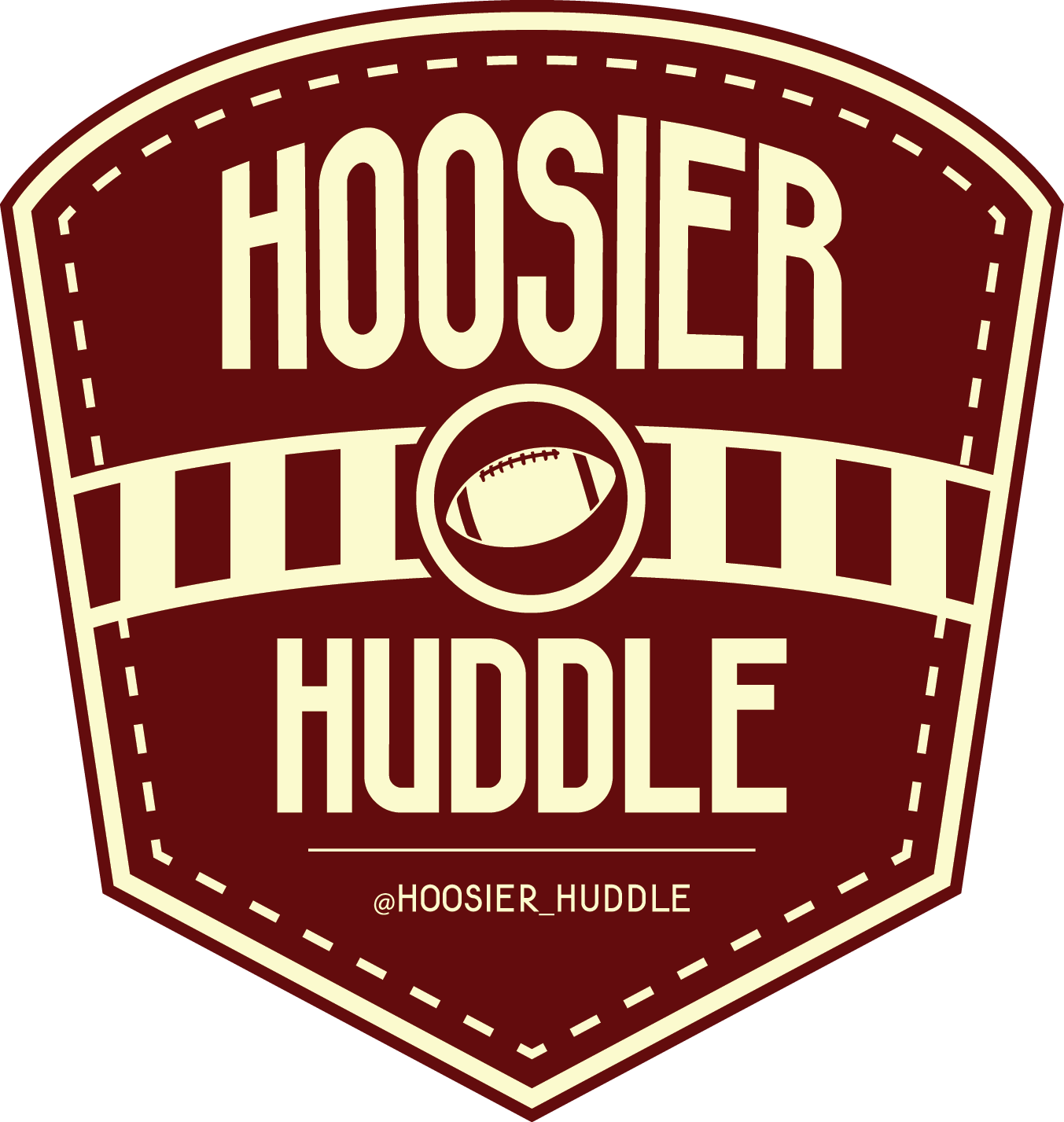NCAA Rules Panel Approves Adjustments to Targeting and Other Rules
/Officials have been under fire for their enforcement of the targeting penalty Image: Sammy Jacobs Hoosier Huddle
Written by Sammy Jacobs (@Hoosier_Huddle)
The rule for targeting has been controversial at best since its inception prior to the 2013 season and because of this the NCAA is tweaking the rule heading into the 2019 season. On Wednesday the NCAA announced in a release that “beginning in the fall in games using video review, instant replay officials will be directed to examine all aspects of the play and confirm the targeting foul when all elements of targeting are present. If any element of targeting cannot be confirmed, the replay official will overturn the targeting foul. There will not be an option for letting the call on the field “stand” during a targeting review — it must either be confirmed or overturned. Games using the halftime video review procedure will continue to use the current process.”
The NCAA also approved a progressive targeting penalty for players who are called for three or more targeting infractions in a single season.
Other Rule Changes
The NCAA also approved the following rules in their release.
Blind-side blocks
The panel approved a new rule relevant to blind-side blocking techniques. Players will not be allowed to deliver a blind-side block by attacking an opponent with forcible contact. It will be a personal foul with a 15-yard penalty. If the block also includes the elements of targeting, it will be a blind-side block with targeting.
Kickoffs
The panel approved a rules change to eliminate the two-man wedge formation on all kickoffs.
Overtime
Panel members approved a tweak to the overtime rules. If a game reaches a fifth overtime, teams will run alternating two-point plays, instead of starting another drive at the opponent’s 25-yard line. This rules change was made to limit the number of plays from scrimmage and to bring the game to a conclusion.



